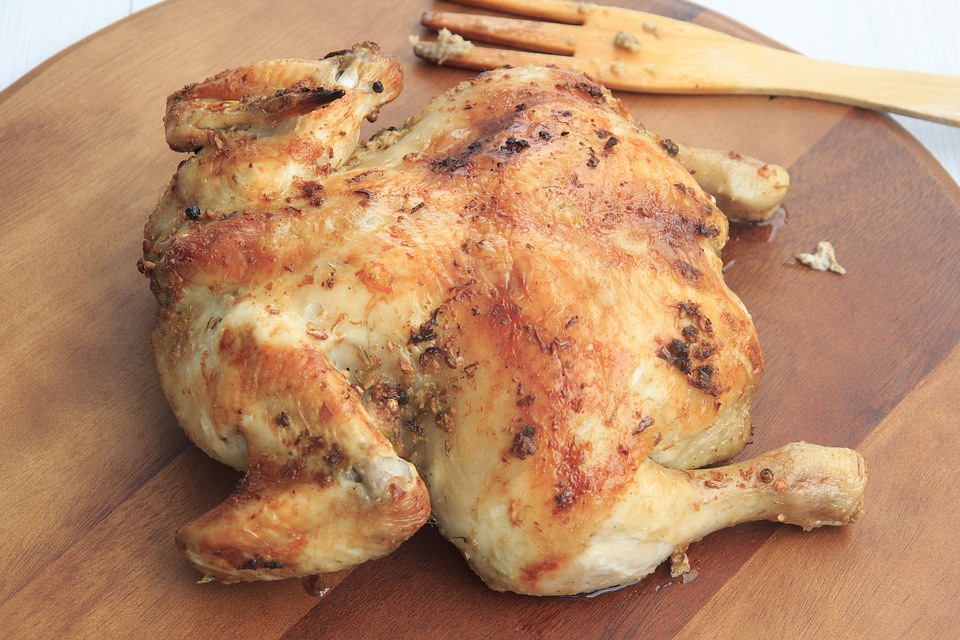USDA Warns Against Washing Raw Chicken In the Sink

Are you guilty of washing raw chicken in the sink before cooking it? If so, you could be placing you and your family's health at risk. According to a new study conducted by the United States Department of Agriculture (USDA), washing raw chicken in the sink increases the risk of foodborne illness.
USDA researchers found that washing raw chicken in the sink spreads bacteria associated with foodborne illness. Unless you clean the sink -- as well as the surrounding surfaces -- immediately after washing raw chicken in it, you could succumb to foodborne illness. So, how can you safely clean raw chicken without spreading bacteria in your sink?
The USDA says that the best practice is to avoid washing raw chicken. Contrary to popular belief, raw chicken doesn't need washing. Washing raw chicken only increases the risk of foodborne illness by spreading bacteria.
In the study, USDA researchers found that over half of participants had bacteria in their kitchen sink after washing raw chicken. What's even more alarming is that 14% of these participants still had bacteria lingering in their sink after attempting to clean their sink.
"Cooking and mealtime is a special occasion for all of us as we come together with our families and friends,” said Dr. Mindy Brashears, the USDA’s Deputy Under Secretary for Food Safety. "However, the public health implications of these findings should be of concern to everyone. Even when consumers think they are effectively cleaning after washing poultry, this study shows that bacteria can easily spread to other surfaces and foods. The best practice is not to wash poultry.”
The USDA goes on to provide three essential tips on how to reduce the risk of foodborne illness when preparing and cooking chicken. First, go ahead and wash other foods that don't require cooking, such as vegetables. Second, use a disinfecting cleaning product on any and all surfaces to which raw chicken has been exposed. Third, be sure to cook raw chicken to a safe temperature. The USDA recommends an internal temperature of 165 degrees Fahrenheit or higher for chicken. Using a probe thermometer, you can check the internal temperature of your chicken to ensure it's safe to eat.
Don't let foodborne illness strike you and your family. When preparing raw chicken, follow the three tips described by the USDA. By taking these precautions, you can protect yourself and your family from foodborne illness.
You can learn more about this study by visiting the USDA's official website here.
Recent Posts
-
Fire Safety in the Workplace: What You Need to Know
What steps are you taking to prevent fires in your workplace? According to the U.S. Occupational Saf …Aug 23rd 2023 -
Is It Safe to Go Jogging With a Cold Infection?
If you're suffering from a cold infection, you might be wondering whether it's safe to go jogging. T …Aug 22nd 2023 -
5 Safety Tips to Follow When Using a Powder-Actuated Tool
Powder-actuated tools are commonly used to join materials to steel and concrete. Also known as Hilti …Aug 20th 2023




